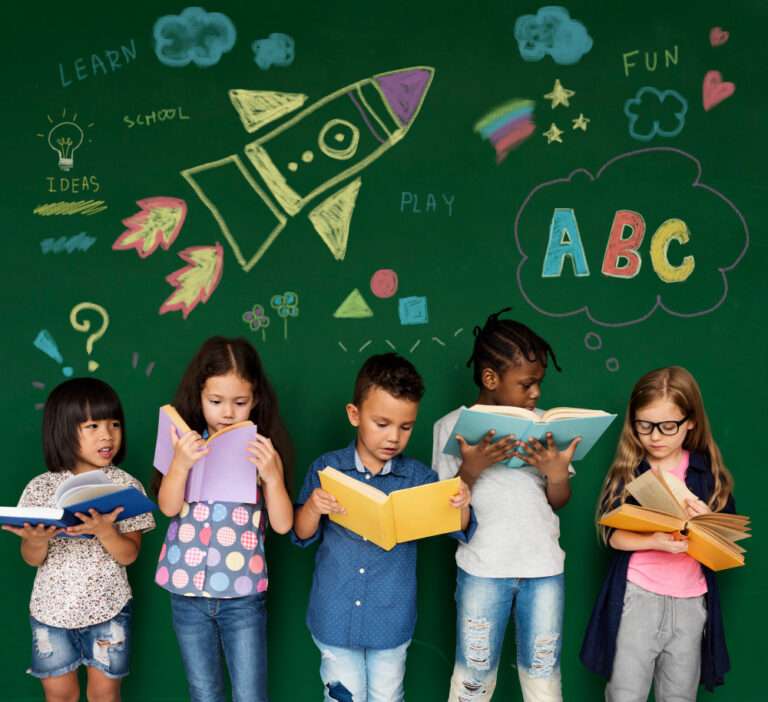Common test for learning disabilties
Learning disabilities are a group of neurological disorders that affect the brain’s ability to receive, process, analyze, or store information, leading to difficulties in learning. These can impact various academic areas such as reading (dyslexia), writing (dysgraphia), math (dyscalculia), and other educational skills. Identifying learning disabilities is crucial for providing the necessary support and interventions to help individuals achieve their potential. This involves a comprehensive assessment process that includes interviews, observation, and a variety of tests. Below, we explore common tests and assessment tools used to diagnose learning disabilities, emphasizing their purpose, methodology, and how they contribute to developing effective intervention strategies.
1. Initial Screening and Observation
Before formal testing, initial screenings and observations by educators and parents can identify early signs of learning disabilities. Checklists and informal assessments can signal the need for a more in-depth evaluation if a child shows persistent difficulties in reading, writing, math, or other cognitive processes compared to their peers.
2. Psychoeducational Assessment
A psychoeducational assessment is a comprehensive evaluation that includes a series of tests to assess the cognitive, educational, emotional, and behavioral aspects of learning. This assessment is typically conducted by a school psychologist or a licensed educational psychologist and consists of the following components:
a. Intelligence Quotient (IQ) Tests
IQ tests measure a range of cognitive abilities, including verbal comprehension, perceptual reasoning, working memory, and processing speed. Examples include:
- Wechsler Intelligence Scale for Children (WISC-V): Used for children aged 6 to 16, this test assesses various aspects of intelligence and cognitive abilities.
- Stanford-Binet Intelligence Scales: Suitable for a broader age range, this test measures five factors of cognitive abilities across different levels.
b. Achievement Tests
These tests evaluate specific academic skills, comparing the individual’s performance to age or grade-level expectations. Examples include:
- Woodcock-Johnson Tests of Achievement: Assesses reading, writing, and math skills, among others.
- Wechsler Individual Achievement Test (WIAT): Measures a variety of academic skills, including reading, writing, and mathematics.
c. Processing Tests
Processing tests assess how efficiently the brain processes visual and auditory information, critical for learning. Examples include:
- Visual Processing: Tests like the Bender Visual-Motor Gestalt Test assess visual-motor integration, a crucial skill for reading and writing.
- Auditory Processing: The Test of Auditory Processing Skills (TAPS) evaluates how well individuals process auditory information, important for understanding spoken language and instructions.
3. Specific Learning Disability Tests
In addition to general assessments, specific tests target particular learning disabilities:
a. Dyslexia
- Orton-Gillingham-based assessments: Focus on phonemic awareness, decoding, and reading fluency.
- Lindamood Phoneme Sequencing Program (LiPS): Assesses the ability to recognize and manipulate phonemes, the smallest units of sound.
b. Dysgraphia
- Test of Written Language (TOWL): Measures written expression, including spelling, grammar, and composition.
- Handwriting Assessment Tools: Evaluate the physical act of writing, including grip, letter formation, and speed.
c. Dyscalculia
- Test of Mathematical Abilities (TOMA): Assesses understanding of math concepts, number operations, and problem-solving skills.
- KeyMath Diagnostic Arithmetic Test: Provides a detailed analysis of math skills across various domains.
4. Behavioral and Emotional Assessments
Learning disabilities can often coexist with emotional or behavioral disorders, which may impact educational performance. Assessments such as the Behavior Assessment System for Children (BASC) or the Child Behavior Checklist (CBCL) can help identify these concurrent issues.
5. Neuropsychological Testing
For some individuals, a neuropsychological evaluation might be recommended to assess the broader cognitive and neurological functioning. This can include memory, attention, executive functions, and other cognitive processes that contribute to learning.
6. Adaptive Behavior Assessments
Tools like the Vineland Adaptive Behavior Scales assess daily living skills, socialization, and communication abilities, offering insight into how learning disabilities might affect practical aspects of life.
Developing a Comprehensive Understanding
The goal of these assessments is not simply to diagnose a learning disability but to develop a comprehensive understanding of an individual’s strengths and weaknesses. This holistic approach is critical for creating personalized education plans (IEPs) or 504 plans in the U.S., which outline specific accommodations, modifications, and interventions needed to support the student’s learning.
Conclusion
Identifying learning disabilities is a multifaceted process that requires a combination of professional expertise, standardized tests, and an understanding of each individual’s unique challenges and strengths. By employing a range of assessment tools, educators, psychologists, and parents can work together to uncover
------------From our Sponsors------------









